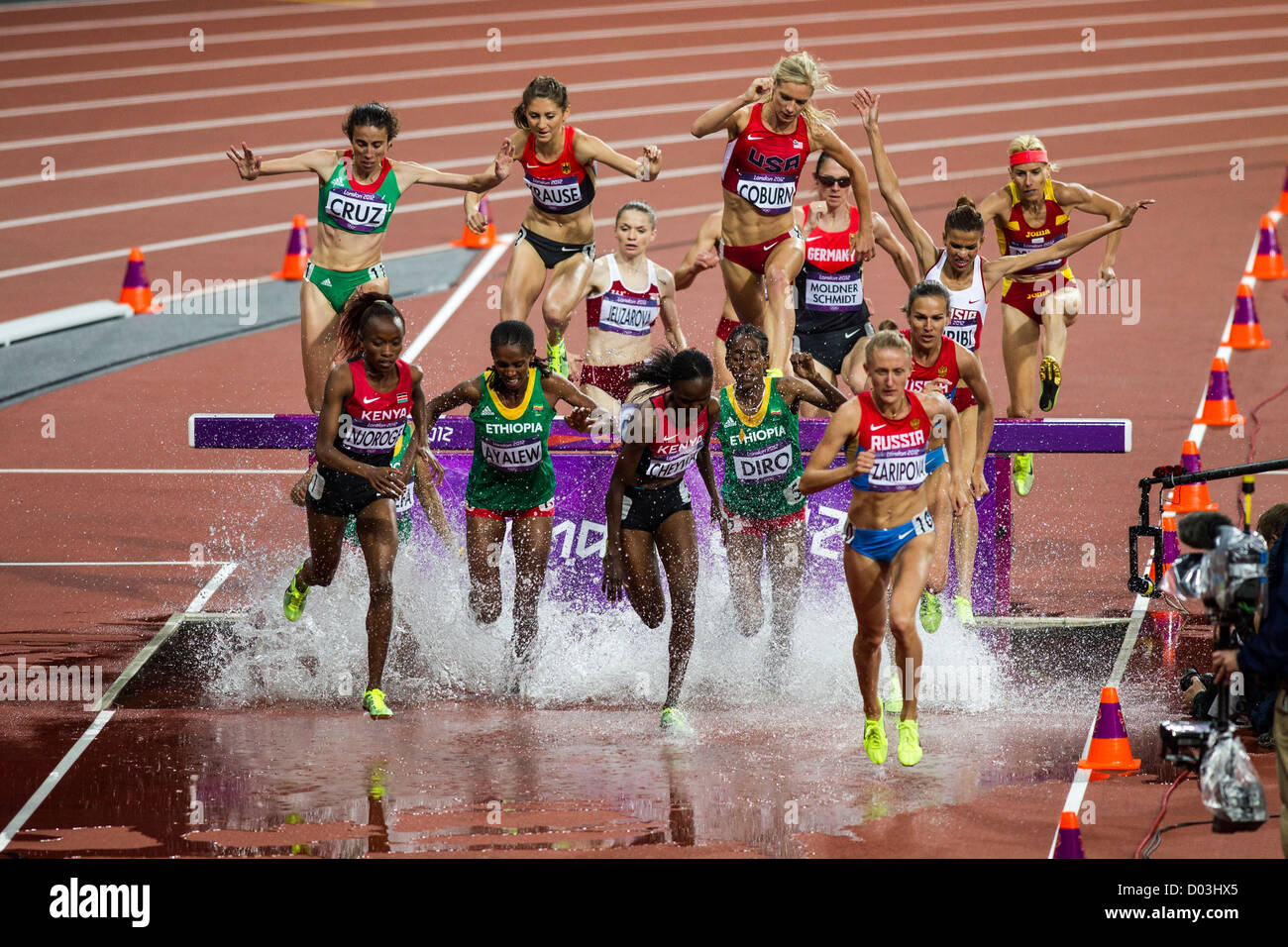History and Evolution of the 3000m Steeplechase: 3000m Steeplechase Olympics

The 3000m steeplechase is a thrilling track and field event that combines speed, endurance, and technical skill. Its origins can be traced back to the 19th century, and it has evolved significantly over time, becoming a prominent event in the Olympic Games.
Origins and Development
The steeplechase emerged in England in the 19th century, inspired by cross-country races that included obstacles like ditches and fences. The first steeplechase race was held in 1860 at the Epsom Downs in England, and it involved jumping over obstacles that resembled those found in the countryside. The event gained popularity in the late 19th century, and by the early 20th century, it had become a standard event in athletic competitions.
The 3000m steeplechase was introduced as an Olympic event in the 1920 Summer Olympics in Antwerp, Belgium. The event’s distance was initially set at 3000 meters, and it included obstacles like hurdles, water jumps, and a ditch.
Rules and Regulations, 3000m steeplechase olympics
The rules and regulations of the 3000m steeplechase have evolved over time, with adjustments made to the number of obstacles, the height of the hurdles, and the width of the water jump.
Early Regulations
– The early steeplechase events featured a variety of obstacles, including fences, ditches, and water jumps.
– The number and height of the obstacles varied depending on the race.
– There were no specific rules for negotiating the obstacles.
Modern Regulations
– The modern 3000m steeplechase features 28 hurdles and seven water jumps.
– The hurdles are 91.4 cm high, and the water jump is 3.66 meters wide.
– Runners must clear all obstacles without using their hands, and they must jump over the water jump.
– Athletes are disqualified if they fail to clear an obstacle, touch the water jump with their hands, or step inside the water jump.
Technological Advancements
Technological advancements have had a significant impact on the 3000m steeplechase, particularly in shoe technology and track surfaces.
Shoe Technology
– The development of lightweight and durable running shoes has allowed athletes to run faster and more efficiently.
– Modern running shoes provide better cushioning and support, reducing the risk of injuries.
– The introduction of spikes has improved traction on the track, allowing athletes to accelerate and turn more effectively.
Track Surfaces
– The use of synthetic track surfaces has improved the performance of athletes.
– Synthetic surfaces are more durable and provide better cushioning than traditional dirt tracks.
– These surfaces also reduce the risk of injuries, allowing athletes to train and compete more effectively.
Evolution of Steeplechase Techniques
The techniques used in the 3000m steeplechase have evolved over time, with athletes constantly seeking new ways to improve their performance.
Water Jump Strategies
– Early steeplechase runners often attempted to jump over the water jump in a single bound.
– Modern athletes use a variety of techniques to clear the water jump, including a two-footed approach, a one-footed approach, and a combination of both.
– Athletes have also developed strategies for minimizing the amount of water they splash into when clearing the jump.
Pacing Tactics
– The pacing strategy used in the 3000m steeplechase is crucial for success.
– Early steeplechase runners often started at a fast pace and then slowed down as the race progressed.
– Modern athletes use a more strategic approach, pacing themselves to conserve energy and maintain a consistent speed throughout the race.
3000m steeplechase olympics – Watching the 3000m steeplechase at the Olympics is like watching a bunch of kangaroos jump over fences, except they’re wearing spikes and sweating buckets. And speaking of buckets, you know what else is timeless? A mid century woven leather chair , that’s what! They’re comfy, stylish, and would probably make a pretty good spectator seat for a long race, if you could somehow convince the organizers to let you bring one in.
Anyway, back to the steeplechase, those water jumps are pretty intense, right?
Ngomongin 3000m steeplechase, inget banget sama atlet-atlet yang ngejar waktu sambil loncatin rintangan. Kayak lagi ngeliat desain kursi unik dari kulit sarung tangan baseball baseball glove chair leather , keren banget kan? Nah, balik lagi ke steeplechase, pasti butuh fokus dan stamina tinggi buat ngelewatin rintangan itu, keren deh pokoknya!